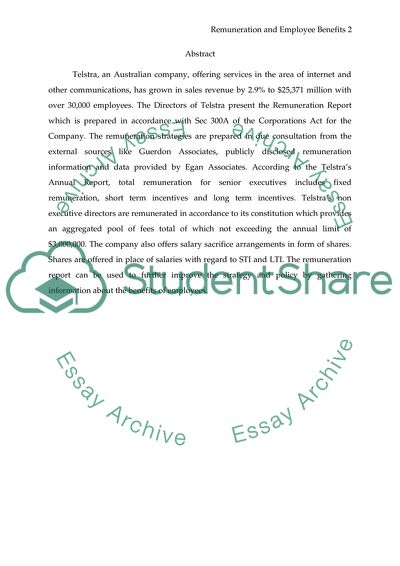Cite this document
(Remuneration Policy and Employee Benefits Case Study, n.d.)
Remuneration Policy and Employee Benefits Case Study. https://studentshare.org/human-resources/1732767-remuneration-and-employee-benefits
Remuneration Policy and Employee Benefits Case Study. https://studentshare.org/human-resources/1732767-remuneration-and-employee-benefits
(Remuneration Policy and Employee Benefits Case Study)
Remuneration Policy and Employee Benefits Case Study. https://studentshare.org/human-resources/1732767-remuneration-and-employee-benefits.
Remuneration Policy and Employee Benefits Case Study. https://studentshare.org/human-resources/1732767-remuneration-and-employee-benefits.
“Remuneration Policy and Employee Benefits Case Study”. https://studentshare.org/human-resources/1732767-remuneration-and-employee-benefits.


